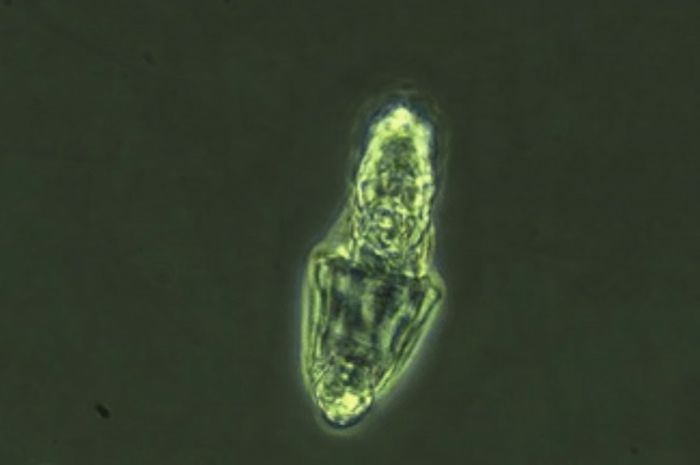Popular Mechanic
–
Like the more charismatic tardigrades, bdelloid rotifers are extremophiles.
–
GridHEALTH.id – Not making this up, it’s a fact. Scientists have successfully revived zombie rotifers that have been frozen since at least the end of the Pleistocene epoch (2.6 million to 11,700 years ago).
What this Russian scientist did is indeed extraordinary.
Rotifera bdelloid, or microscopic “wheel animal” so named because its coiled mouth is surrounded by tiny hairs, much like the more charismatic tardigrade.
Rotifera bdelloid are extrophils, which are organisms that can survive in amazing conditions such as hot underwater vents or a vacuum.
In his research, Russian scientists went to Siberia and carved out a piece of permafrost, the term for land that remains permanently frozen. This area has been frozen since at least the end of the Pleistocene epoch (2.6 million to 11,700 years ago).
Also Read: Regular consumption of pears, can be an option for weight loss
There scientists took frozen rotifers and slowly thawed them, until the rotifers began to live their lives again, including their characteristic asexual reproduction.
Behind the success it turns out that the rotifers are in a state of suspended animation called cryptobiosis.
To Live Science ,lead author Stas Malavin, a researcher at the Russian Institute of Physical and Biological Problems in Soil Science said “They suspend their metabolism and accumulate certain compounds such as chaperone proteins that help them recover from cryptobiosis when conditions improve.”
Also Read: Practical and Effective Tips for Caring for Facial Skin for Covid-19 Survivors
To study the rotifers, scientists dug up to 11.5 feet, to extract intact soil samples, which were about 24,000 years old, according to carbon dating.
After allowing the soil to thaw with a special medium to help wake the rotifers, scientists quickly lost track of which microscopic creatures were old and which were new offspring.
This happens because rotifers reproduce by creating exact clones of themselves asexually.
Also Read: Asymptomatic Covid-19 patients 2 times more likely to experience kidney damage, study
Researching cryptobiosis in creatures like rotifers helps further the field of cryobiology — the study of living things at very low temperatures — in general, Malavin told Live Science.
This could hypothetically lead to a similar technology for humans.
But that idea is still a long way off, because humans are clearly more complex than the relatively simple small rotifers and other extrophilic organisms.
Symptoms of Diabetes in Children, Frequent Urination More than 10 Times a Day, Really?
has been published in Intisari-online, with the title; Russian scientists revive 24,000 year old zombie, hypothetically similar technology could be used on humans
PROMOTED CONTENT
– Featured Videos
rotifera bdelloid


